Genomic approaches for childhood brain tumors
Pediatric Neuro-Oncologist/Scientist
@DanaFarber, @Broadinstitute, @BostonChildrens
Views are my own
🚨Register your interest now so you're first to get updates🚨
www.biologists.com/meetings/dmm...

🚨Register your interest now so you're first to get updates🚨
www.biologists.com/meetings/dmm...
buff.ly/S2biIJv
#AACRfusion26 @bandolab.bsky.social

buff.ly/S2biIJv
#AACRfusion26 @bandolab.bsky.social
secure-web.cisco.com/1QgAtJ9SFoCj...

secure-web.cisco.com/1QgAtJ9SFoCj...

The fusion partner is important, necessary and engenders novel vulnerabilities that can be therapeutically targeted.
www.biorxiv.org/content/10.1...

The fusion partner is important, necessary and engenders novel vulnerabilities that can be therapeutically targeted.
These children need MORE funding and MORE trials, not less.
They deserve better
These children need MORE funding and MORE trials, not less.
They deserve better
These children need MORE funding and MORE trials, not less.
They deserve better
rdcu.be/eyHcG
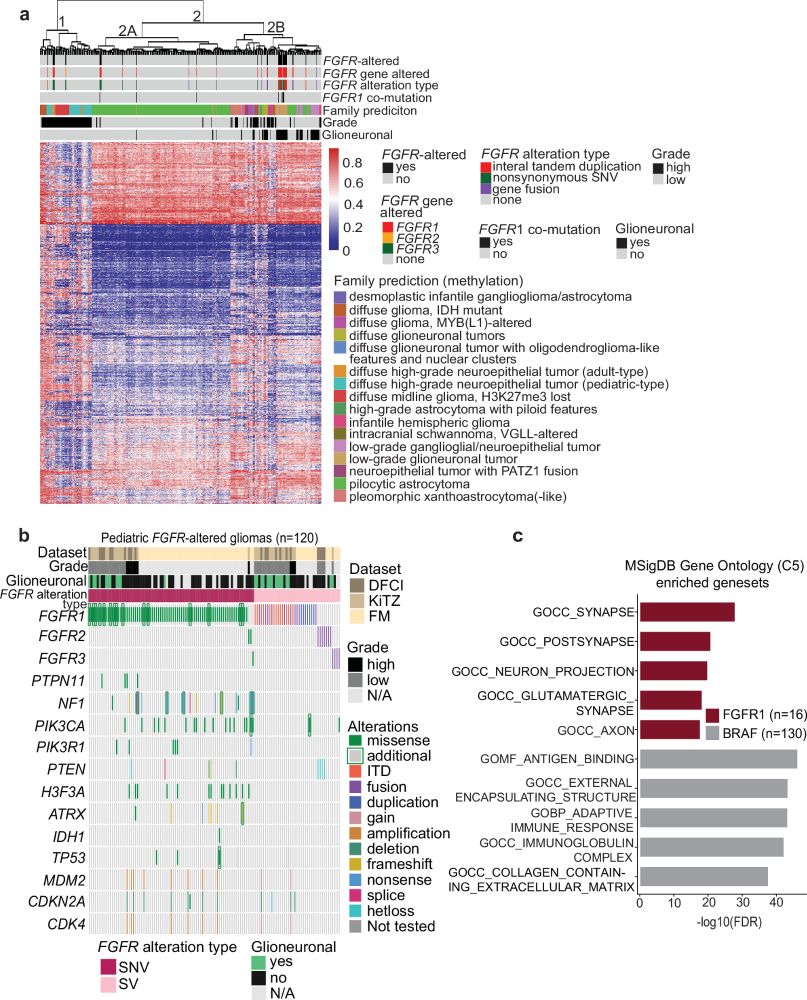
rdcu.be/eyHcG
🔗 academic.oup.com/neuro-onc-peds
Editor-in-Chief: S. Mueller
Executive Editors: M. A. Roldán (EANO), @bandolab.bsky.social (SNO)
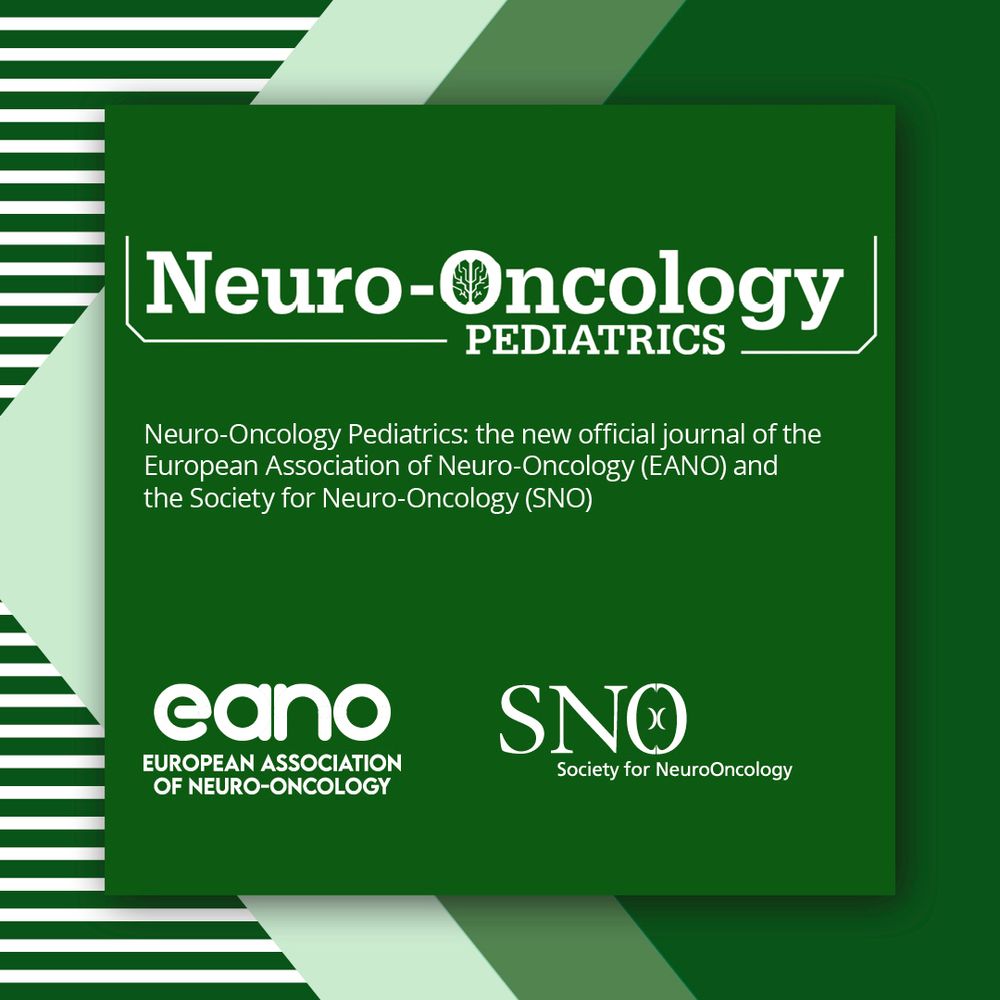
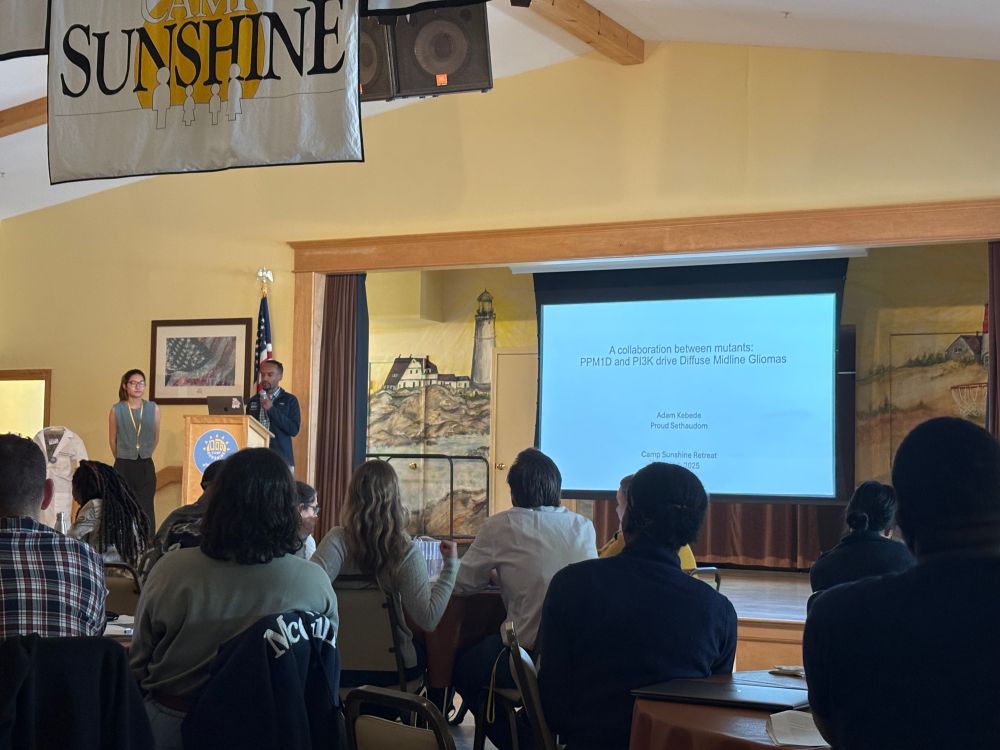
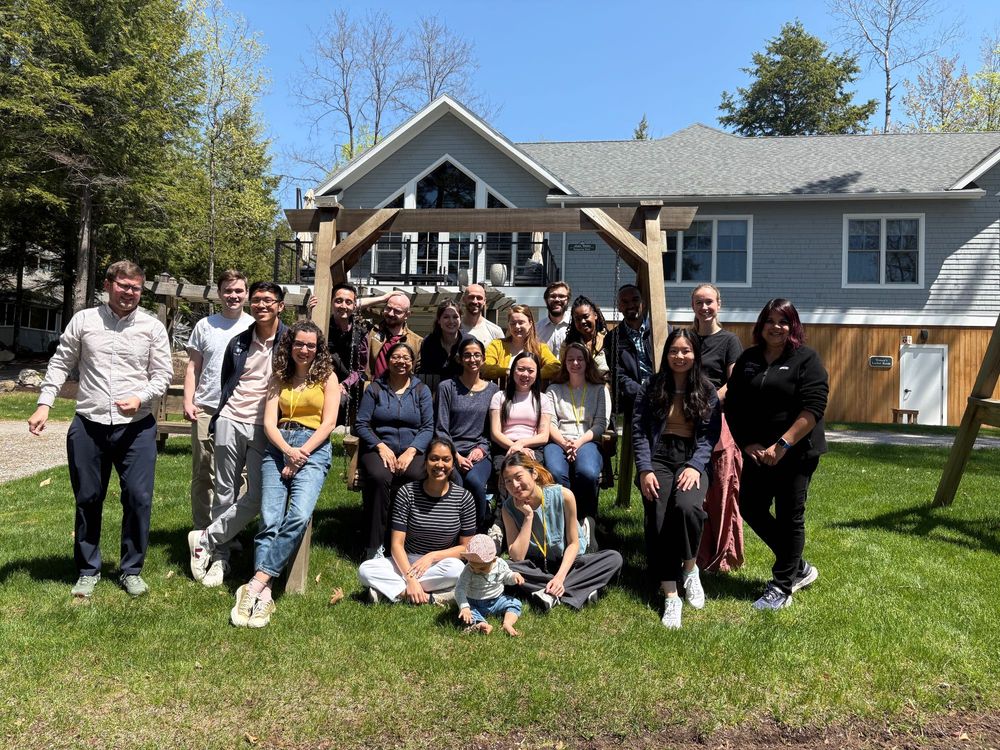
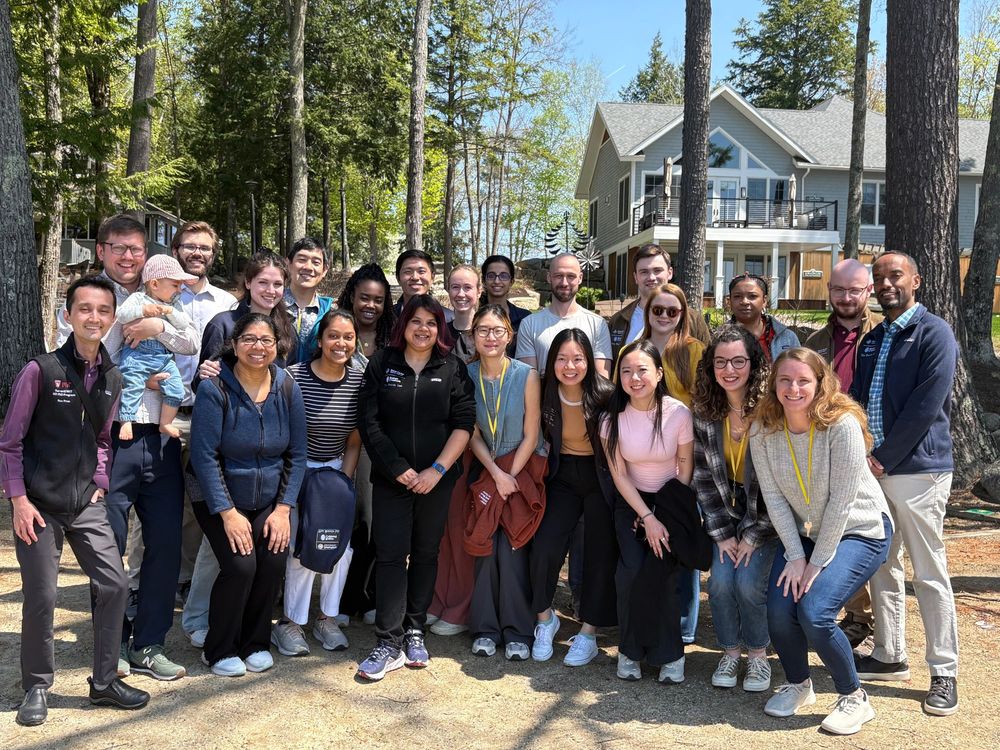
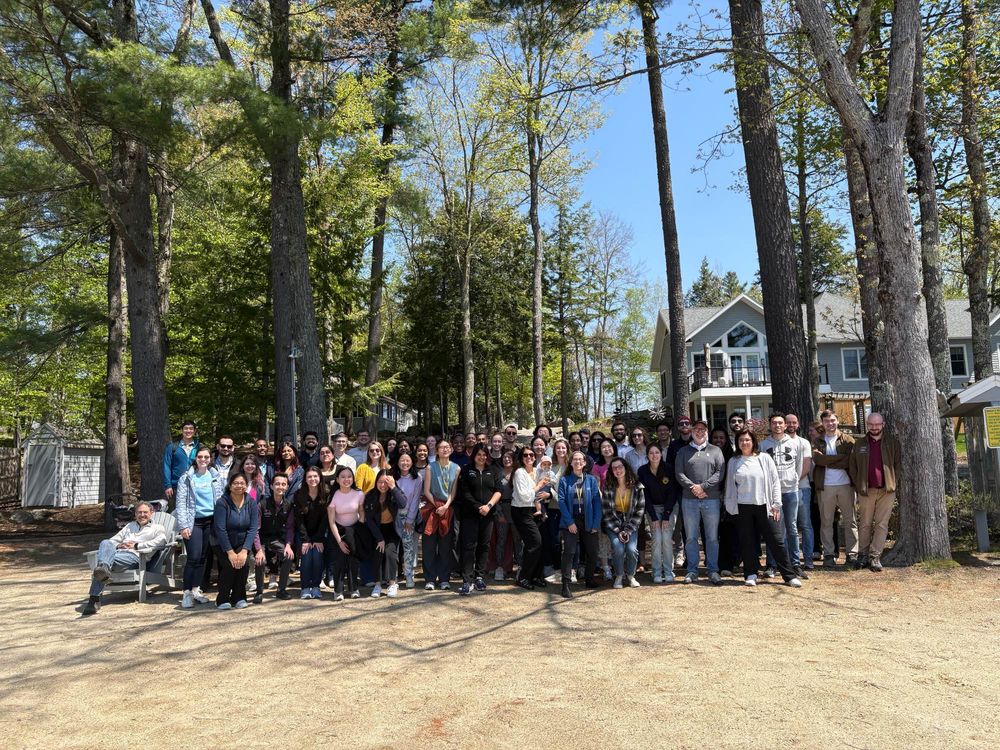
www.cell.com/cell-genomic...
🧵👇:



@rameenberoukhim.bsky.social #BandoLab #DFCI @broadinstitute.org

@rameenberoukhim.bsky.social #BandoLab #DFCI @broadinstitute.org
www.science.org/doi/10.1126/...
Thanks to the patients and scientific team who made this study possible.
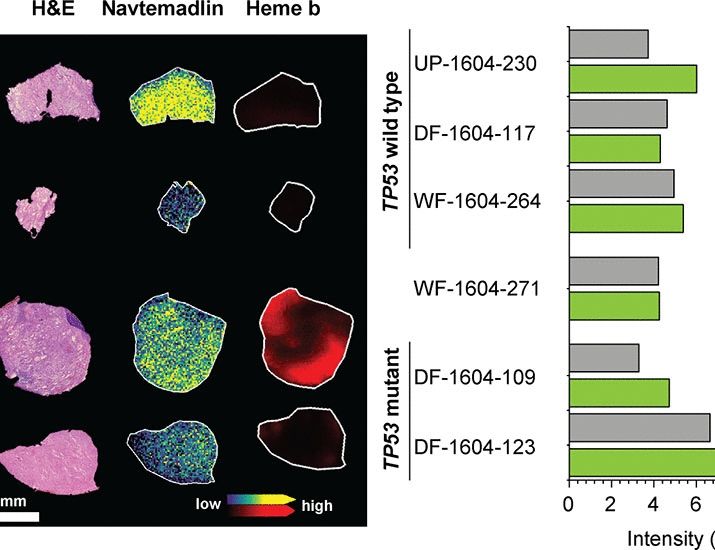
www.science.org/doi/10.1126/...
Thanks to the patients and scientific team who made this study possible.
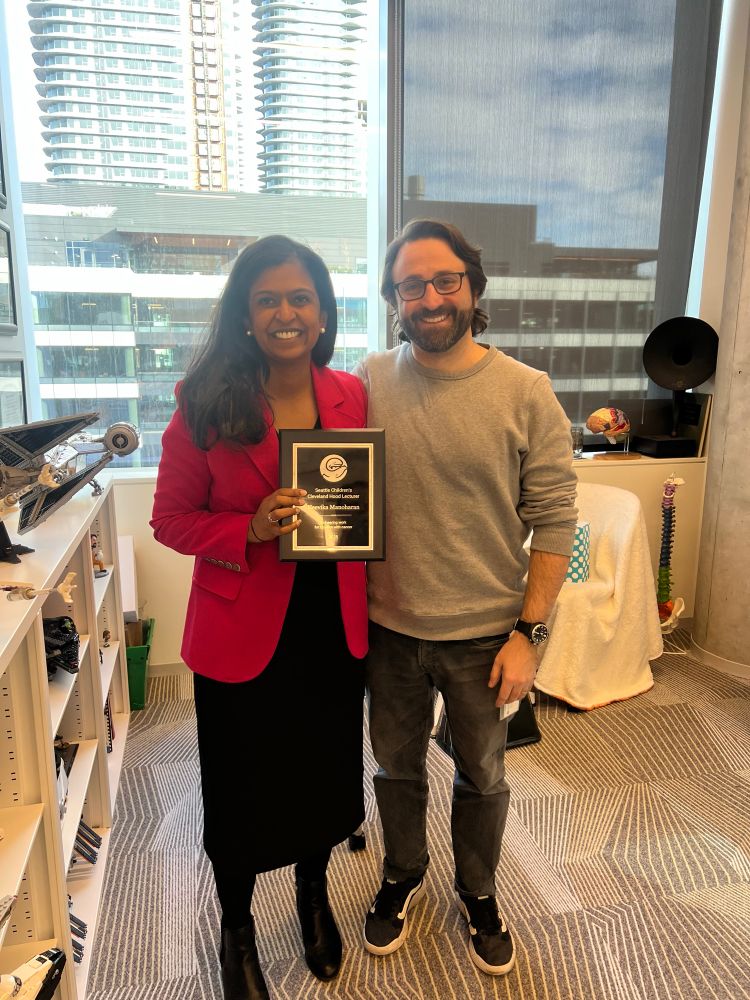
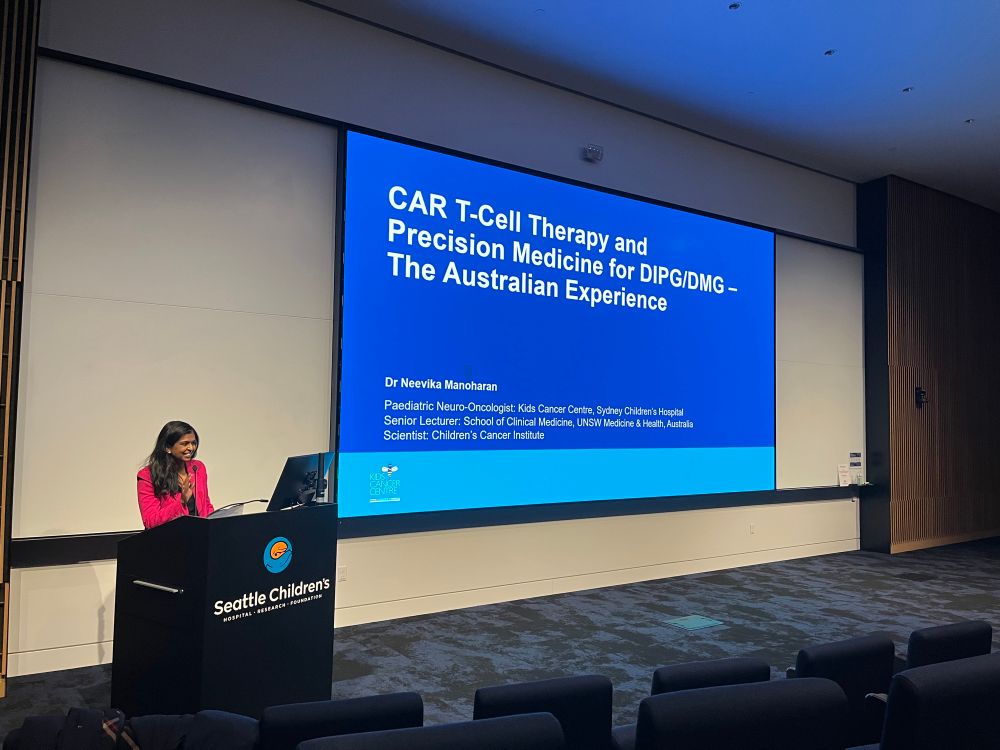
Check out how we've been developing new methods to study #medulloblastoma and other forms of #childhoodcancer.
Out in @naturecomms.bsky.social now. Thanks to Jim Clauwaert and Gerben Menschaert as well!
www.nature.com/articles/s41...
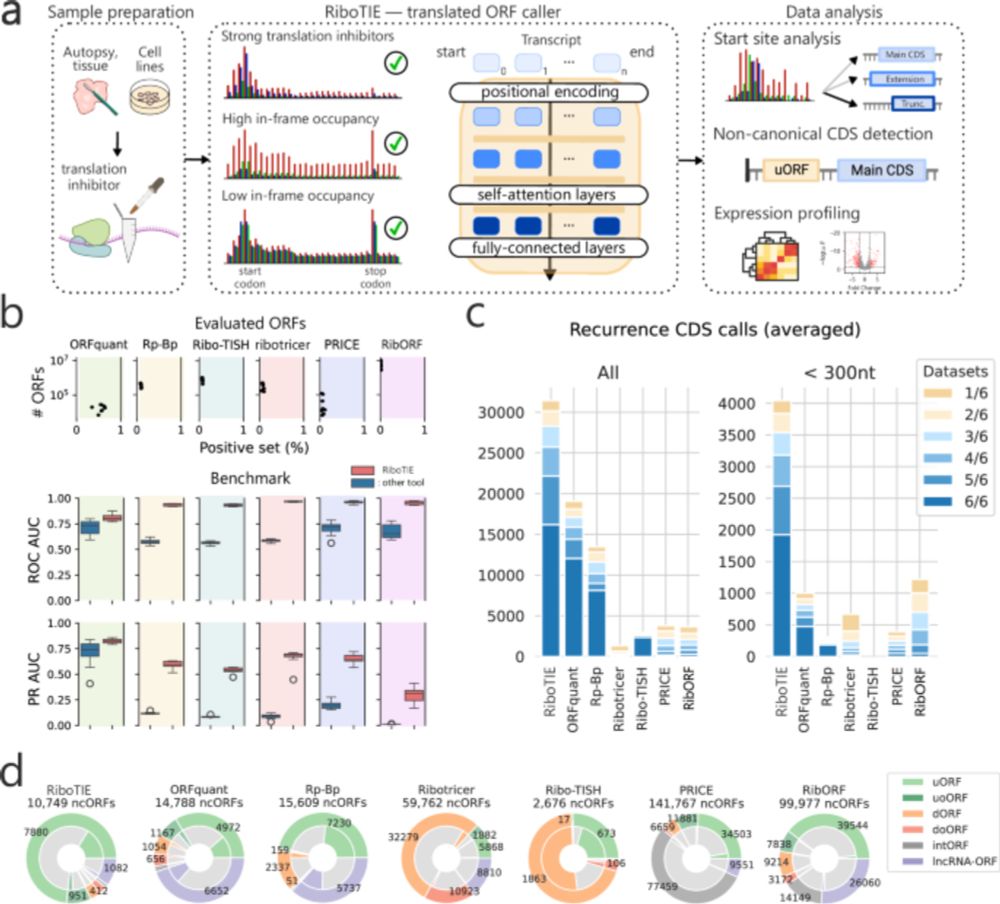
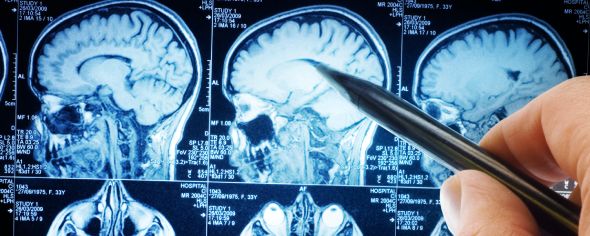
www.biorxiv.org/content/10.1...

www.biorxiv.org/content/10.1...
So incredibly proud of @tobiaswilliams.bsky.social & Ewa Michalak who led the work!
www.cell.com/molecular-ce...
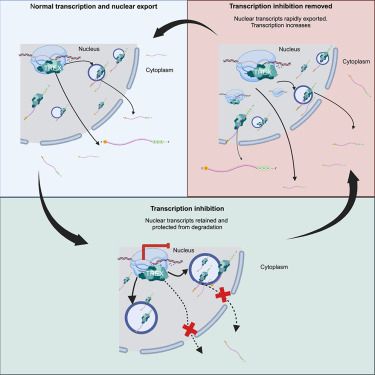
So incredibly proud of @tobiaswilliams.bsky.social & Ewa Michalak who led the work!
www.cell.com/molecular-ce...
Www.bandolab.org @broadinstitute.org #DFCI #SNO2024 #ISPNO
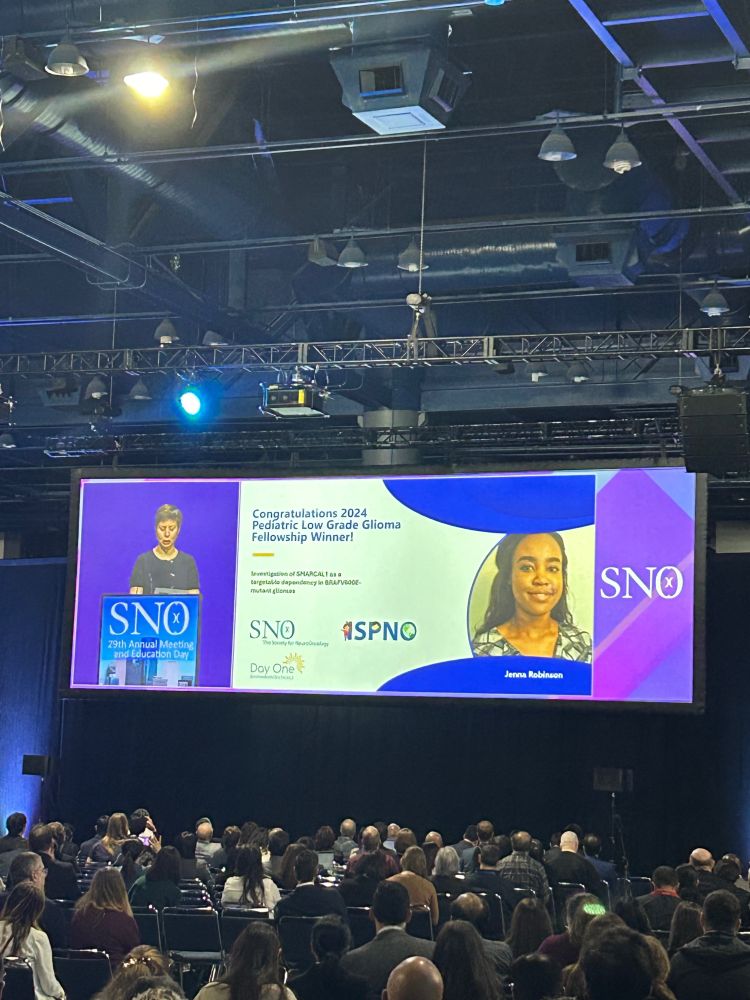
Www.bandolab.org @broadinstitute.org #DFCI #SNO2024 #ISPNO
We are on this mission together
We are on this mission together
www.biorxiv.org/content/10.1...

www.biorxiv.org/content/10.1...



